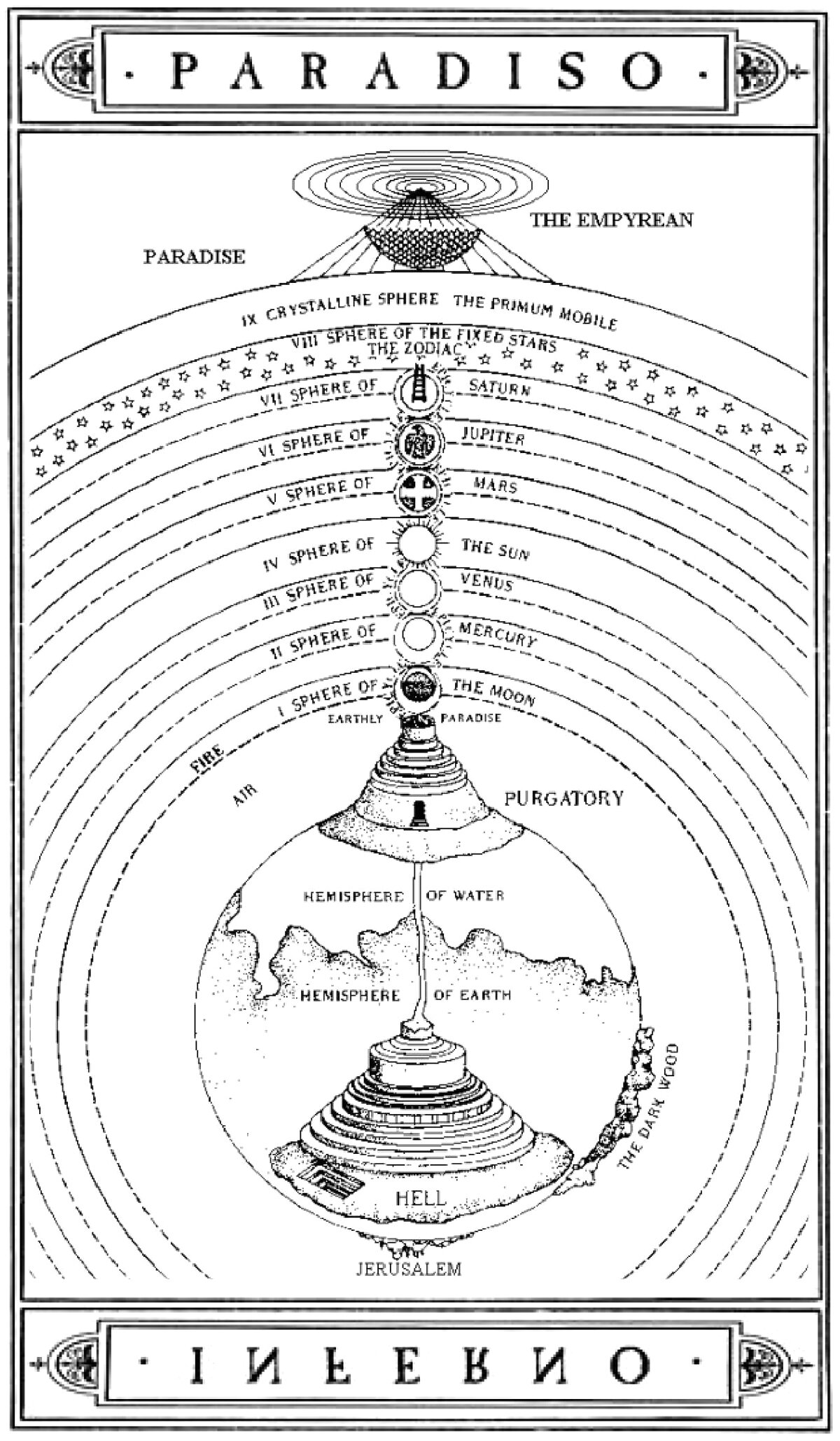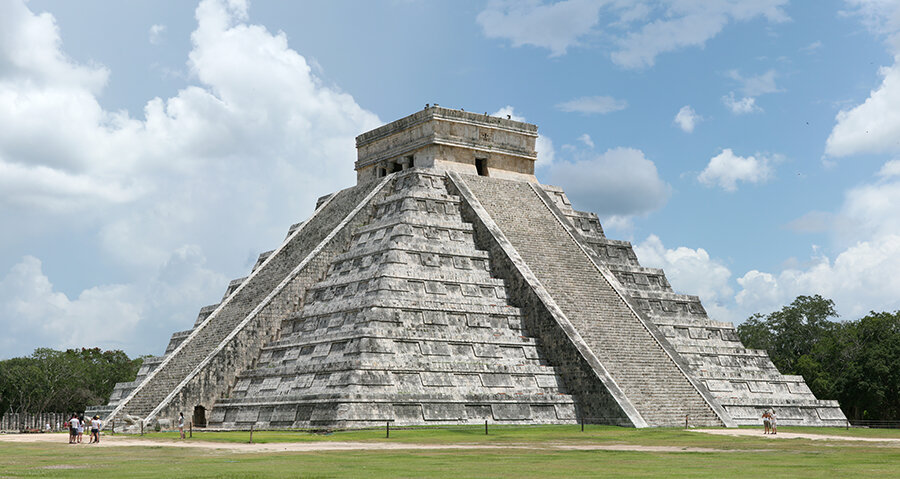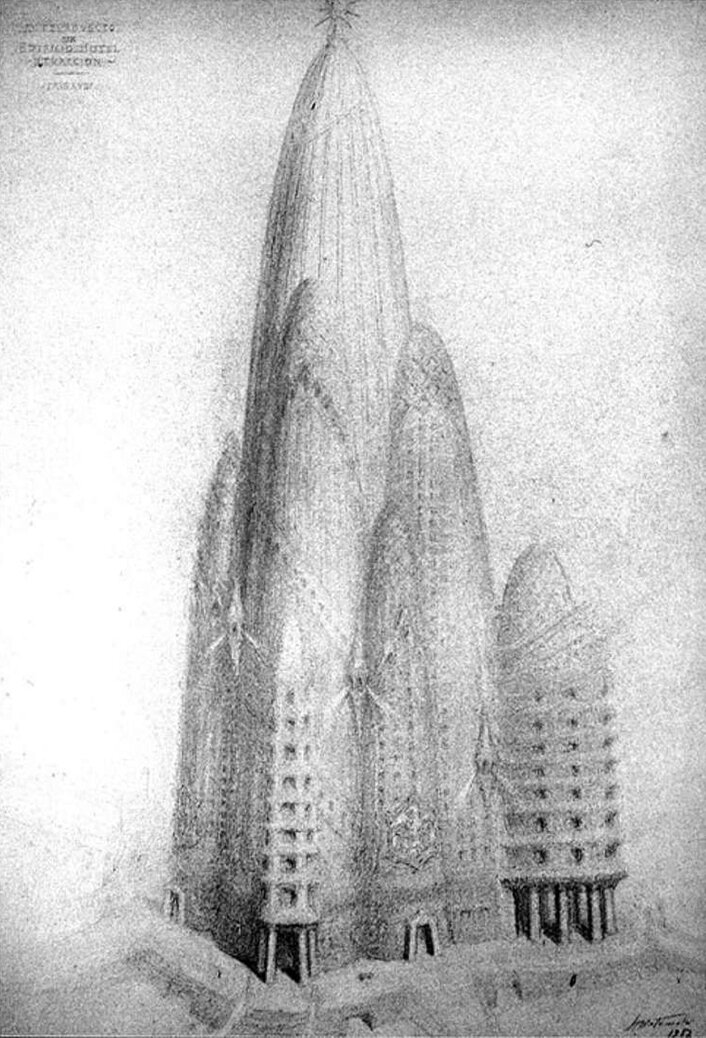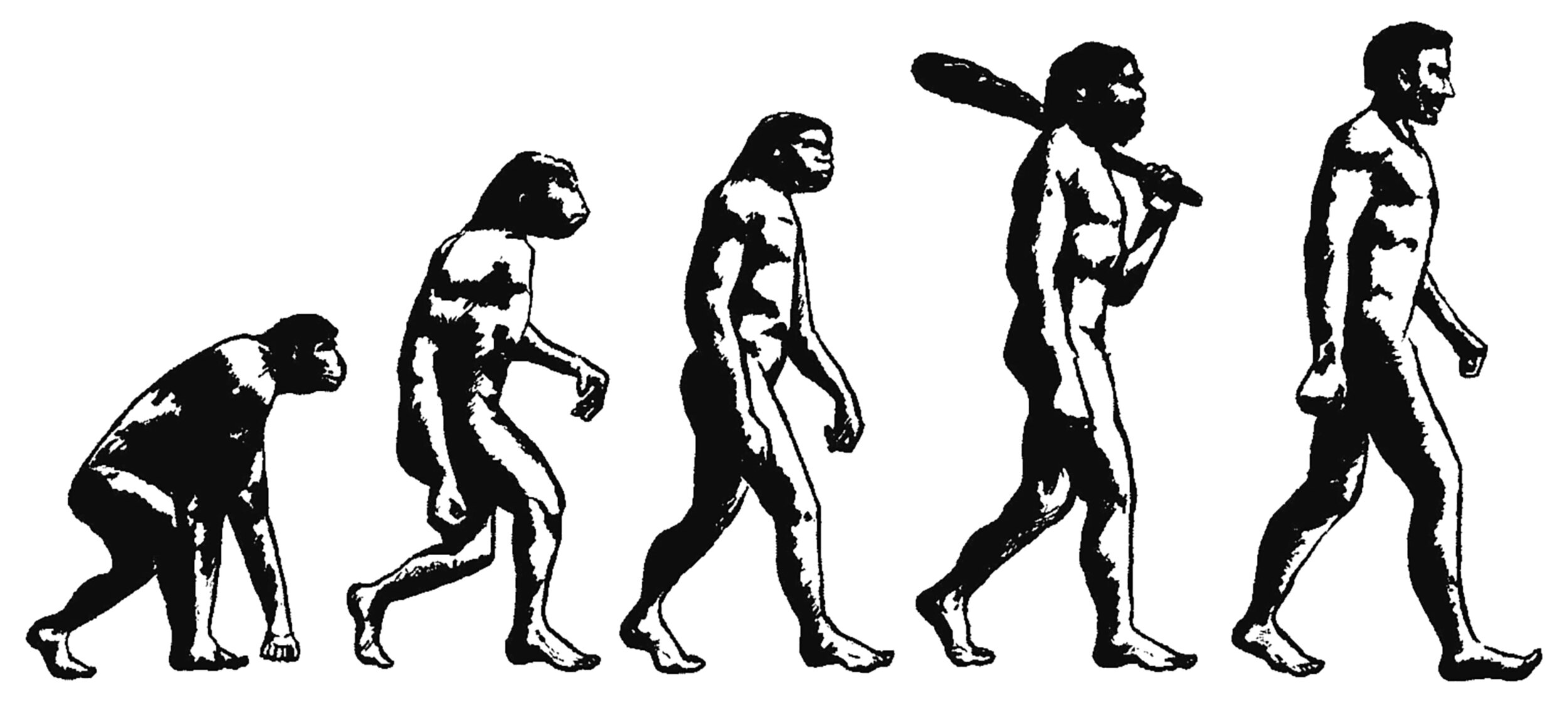Welcome to On Verticality. This blog explores the innate human need to escape the surface of the earth, and our struggles to do so throughout history. If you’re new here, a good place to start is the Theory of Verticality section or the Introduction to Verticality. If you want to receive updates on what’s new with the blog, you can use the Subscribe page to sign up. Thanks for visiting!
Click to filter posts by the three main subjects for the blog : Architecture, Flight and Mountains.

The Leaning Tower of Pisa and the Axis Mundi
Pictured here is the campanile at the Pisa Cathedral, known worldwide as the Leaning Tower of Pisa. The tower is world-famous for its iconic four-degree lean, and has become a major tourist attraction for the town of Pisa. This lean has allowed the campanile to become a symbol of the city. If you think of Pisa, you think of the Leaning Tower. This status and appeal comes from the campanile’s lack of vertical equilibrium, which forces visitors to confront the axis-mundi. It’s a unique tension that’s rooted in verticality.

Dante’s Divine Comedy and the Vertical Worldview
Dante Alighieri’s epic poem La Divina Commedia, or The Divine Comedy in English, is widely considered one of the world’s greatest works of literature. It tells the fictional story of Dante and his soul’s experience after death. Throughout the story, Dante descends through Inferno, then ascends through Purgatorio and Paradiso. It’s a journey defined by the axis-mundi, and the entire work is rooted in verticality.

Earth, Air, Water and Fire : The Verticality of The Classical Elements
Throughout human history, our ancestors have created myriad different theories and ideas to explain our world and how it’s composed. One theory was common to nearly all early civilizations, and it identified four basic elements: earth, air, water and fire. If we examine these four elements and pick apart the relationships between them, we’ll find verticality at the center of it all.

Verticality, Part VI: Archetypes
Man’s initial attempts to get closer to the sky in each of the five cradles of civilization
How does one achieve physical Verticality? At the most basic level, we can get closer to the sky in two ways. First, we can recreate the human body with singular elements that express height on their own. These objects can be seen as proxies for our own bipedal bodies. Second, we can physically raise the surface under our feet in order to raise our bodies up closer to the sky. These constructions can be seen as recreations of mountains, which are the highest places we can reach in the natural landscape. As our ancestors set out to externalize their need for Verticality, they experimented with both of these methods.

Antoni Gaudí's New York Skyscraper
The Spanish architect Antoni Gaudí is known the world over for his iconic architecture, rich in organic, curvilinear forms. One lesser-known project of his is the Hotel Attraction. It was designed in 1908 for an unspecified site in Lower Manhattan, New York City. The project would have housed a hotel, restaurants, theatre hall, exhibition hall, galleries, and a panoramic lookout at the top, called the 'Space Tower'. If built, it would have been 360 meters, or 1,181 feet tall.

Verticality, Part III: Inception
Our first act of descension and our first act of ascension
Our species evolved within the context described in Part I, and our physical surroundings would provide the foundation for our struggles with Verticality, as described in Part II. These early struggles would be defined by two acts. The first is an act of descension: we came down from the trees and out onto the savannah to become surface-dwellers. We would still carry much of the baggage from tree-dwelling life with us, however. I’ll henceforth refer to this baggage as our source-code. The second is the shift to bipedalism, resulting in our upright, vertical bodies. Together, these two acts would set the stage for the future and our never ending struggle to escape the earth’s surface.

Verticality, Part II: The Seeds of Verticality
Natural phenomena throughout our context that exhibit verticality
So there we were. Confined to the earth's surface, competing with life around us and existing at the center of our own worlds. As our ancestors evolved in the trees, we didn’t have the means to shape our environment like we do today, so we had to look to the natural landscape of the earth’s surface to satisfy our need for Verticality and exploit them whenever possible. These natural phenomena would define our early relationship and struggles with the surface, the sky, and the underground.

Verticality, Part I: The Context
The universal elements of our lives on planet earth
In order to understand how and why humans have an innate need to escape the surface of the earth, we must first examine the context in which we have evolved and existed throughout our history. This context is unchanging, and has been true for every member of our species who has ever lived. I’ll approach the subject in two parts.
